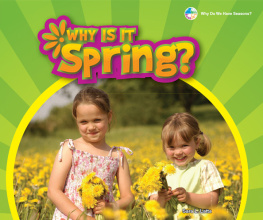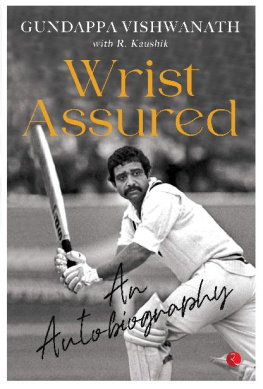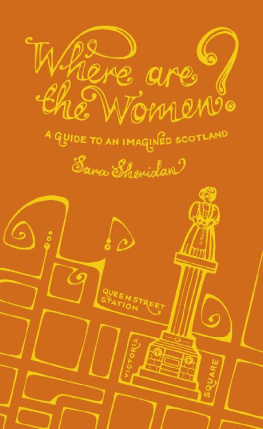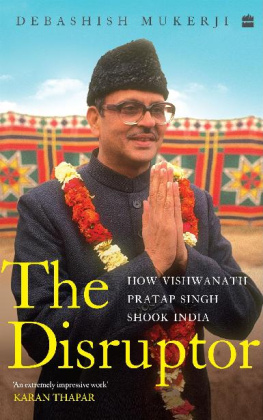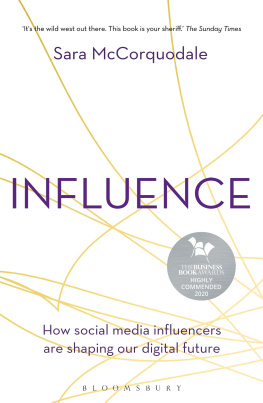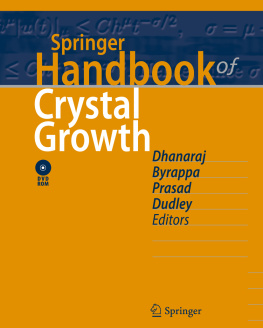Vishwanath - Upadeśa Sāra
Here you can read online Vishwanath - Upadeśa Sāra full text of the book (entire story) in english for free. Download pdf and epub, get meaning, cover and reviews about this ebook. year: 2020, genre: Religion. Description of the work, (preface) as well as reviews are available. Best literature library LitArk.com created for fans of good reading and offers a wide selection of genres:
Romance novel
Science fiction
Adventure
Detective
Science
History
Home and family
Prose
Art
Politics
Computer
Non-fiction
Religion
Business
Children
Humor
Choose a favorite category and find really read worthwhile books. Enjoy immersion in the world of imagination, feel the emotions of the characters or learn something new for yourself, make an fascinating discovery.
- Book:Upadeśa Sāra
- Author:
- Genre:
- Year:2020
- Rating:3 / 5
- Favourites:Add to favourites
- Your mark:
- 60
- 1
- 2
- 3
- 4
- 5
Upadeśa Sāra: summary, description and annotation
We offer to read an annotation, description, summary or preface (depends on what the author of the book "Upadeśa Sāra" wrote himself). If you haven't found the necessary information about the book — write in the comments, we will try to find it.
Upadeśa Sāra — read online for free the complete book (whole text) full work
Below is the text of the book, divided by pages. System saving the place of the last page read, allows you to conveniently read the book "Upadeśa Sāra" online for free, without having to search again every time where you left off. Put a bookmark, and you can go to the page where you finished reading at any time.
Font size:
Interval:
Bookmark:
Upadea Sra
Knowing the source of I
by
Ramaa Mahshi
Translated and Commented by Deepti Vishwanath
Version 1.1 February, 2021
Published by Deepti Vishwanath at KDP
Copyright 2020 by Deepti Vishwanath
All rights reserved, including the right of reproduction in whole or in part in any form.
Dedicated to You - The Reader.
Humans have been explorers ever since the clan existed. Homosapiens have been around for 200,000-300,000 years, yet the seeking continues till date. Countless discoveries have been made, there seems no satiation. Evolution has made humans the pinnacle of life, still the impetus for searching has not culminated! What is the human search for? What is any human, from the beginning of species, ceaselessly searching? The search which runs as a common thread between humans seems to be have eluded us; well, majority of us!
As long as the desire to seek has been externally directed, history shows us, humans have not been able to end it. On the contrary, as more gets discovered, more is left to discover. Very few, a miniscule proportion of humans directed the same desire to seek, internally. And their search culminated. They proclaimed to the world, there was no longer any need for them to search anything; they have got liberated from this perpetual quest.
One such person was Ramaa, also called a Mahshi the Great Rishi. And called Bhagwan God by people because he represented to them those whose search had culminated, and bringing in the direct perception of the unbroken state of bliss in which such people abide.
Born on 30 December 1879, his life was dedicated to discovering what was the center of his being, which began with the question, what is death? According to David Godman, who has written many books on Ramaa and his followers, 17 July 1896 or a date close to it, Ramaa awakened. He finally cast his body on 14 April 1950.
Arriving at the foothills of Arunachala in Tiruvannamalai, Tamil Nadu state of India at the young age of 16 years, the boy never moved out from there till the end and remained there exploring his inner world. His silent penance was determined and gradually as He established in his core, his name began to spread as among the wise knowers of inner Truth. From 1899 onwards, David Godman says, visitors started arriving just to see him and imbibe his compassionate gaze. Through it they felt a deep connection with their own being. Though he remained in silence mostly, rarely he answered questions also.
Ramaa spoke from his experience of Reality. There was no formal training or conditioning of education as we say in modern times. It is rare, indeed very rare to get in one go, an overview of the entire journey from ones existing state to the innermost core of ones being. Upadea Sra shows it in the simplest way the entire route to take, starting from ones ignorant state up to ones liberation. It describes various practices and their results which are commonly employed for spiritual growth as known in society. This helps a person with clarity to choose what is appropriate according to ones capacity and also knowing the final practice that is mandatory for liberation.
The book thus is a beacon light to all the sincere seekers of Truth. I sincerely hope, it adds dimensions to your inner quest as well. Verse 13 of this book was a changing direction for my personal seeking.
No project is complete without help. My sincere thanks to Anupa Lal and Sandhya Mulchandani for their painstaking efforts, while going through every sentence microscopically, editing it. Thank you to Sapna Khandelwal whose genuine intent to get a paperback published, even before any thing was finalised; with her voluntary and whole hearted contribution towards it, this edition has come out sooner than intended. They are all celebrated authors and it is indeed a great privilege to have their contribution to this work.
To my brother Pramit Sanghavi who has been an unconditional supporter. Nothing is ever complete without his input. Above all, I am most grateful to my husband, Vishwanath Tekur to give me the freedom to let me just be. I treasure that above all.
Pra m !
Deepti Vishwanath
Sanskrit is a phonetic language. For the sake of accurate representation and pronounciation, this book follows the International Alphabet of Sanskrit Transliteration (IAST) for all Devangar lipi (script). Italics are used for all transliterated words.
Vowels
a c u t; b a lm; i b i t; f ee t; u p u t; sh oo t; rh ythm; elongated
e pl ay ; ai h i gh; o t o e; au l ou d; Anusvara* ; Visarga*
Consonants
ka s k ate; kha* bloc kh ead; ga g ate gha lo gh ut; a si n g; ca ch unk; cha* catch him; ja john; jha* hedgehog; a bunch; a ten; * ha an th ill; a d art; ha* go dh ead; a u n der; ta pa th ; tha th ick; da t hem; dha* brea th e; na n umb; pa s p an; pha* ph antasy; ba b un; bha* a bh or; ma m ay; ya y atch; ra d ra ma; la l ick; va v ase; a* sh oe; a bu sh el; sa s aw; ha h um
*These do not have an English equivalent.
Anusvara is pronounced with nasalisation of the preceding vowel. Visarga is pronounced with aspiration of the preceding vowel.
Upadea Sra means the epitome of teaching, where Sra stands for essence and upadea teaching. The subject of this text is in accordance with the teachings of the Vedas and hence can also be referred to as Veda Sra.
The Vedas are a complete compendium of various aspects of life, its uniqueness lying in its intimate understanding of human life. It is so venerated and belongs to such a hoary past that it is impossible to trace its origins in time, especially since we dont even know when time began! Before language got codified, the Vedas that are considered to be the result of divine revelation and therefore eternal truths, were transmitted through an oral tradition known as ruti - that which is heard; again since we are unable to ascertain when this oral tradition began, the Veds are said to be andi - beginning less and available to human beings from the very outset of their existence. Thus the origin of the Vedas and the genesis of creation have been attributed to the same source. This source that remains the x - unknown factor in science, is in the Vaidika tradition posited as vara.
Veda etymologically means an entire body of knowledge and not merely a book. The Vedas lay down the four basic motivations or pursuits that propel human existence as well as the means to attain them.
. Artha - the pursuit of material advancement.
. Kma - the desire for sensory and emotional pleasures, recognised as self-gratification.
. Dharma - the motivation to pursue a sense of universal righteousness and the strength to uphold it.
. Moka - the ultimate goal which is to pursue absolute freedom - a freedom that is changeless and eternal.
These four motivations are known as the four pururths, where purua means human, artha motivations. Knowledge that deals with the first three viz. artha, kma and dharma is grouped together as they address a finite and limited end. This section of the Vedas is called karma kna or Veda prva bhga and includes various physical, ritualistic actions as well as assorted Upsans or meditations of deities.
Knowledge which deals with the fourth i.e. moka is set apart as it deals with an absolute, infinite and limitless end. This section is called jna kna, also called Uttara bhga or Vednta and contains the Upaniads . Upaniads contain the knowledge of ones inherent nature known as tman. They further reveal that tman is not merely immanent but is a transcendent reality and in its transcendent nature tman is called Brahman.
Font size:
Interval:
Bookmark:
Similar books «Upadeśa Sāra»
Look at similar books to Upadeśa Sāra. We have selected literature similar in name and meaning in the hope of providing readers with more options to find new, interesting, not yet read works.
Discussion, reviews of the book Upadeśa Sāra and just readers' own opinions. Leave your comments, write what you think about the work, its meaning or the main characters. Specify what exactly you liked and what you didn't like, and why you think so.





